The real "Semana Santa"
This religious festival takes place during the week before Easter Sunday and commemorates the passion and death of Jesus Christ. It is even more impressive for foreigners like me who have never seen it before. Even though it is a Spanish festivity, the biggest parades are found in the South of Spain.
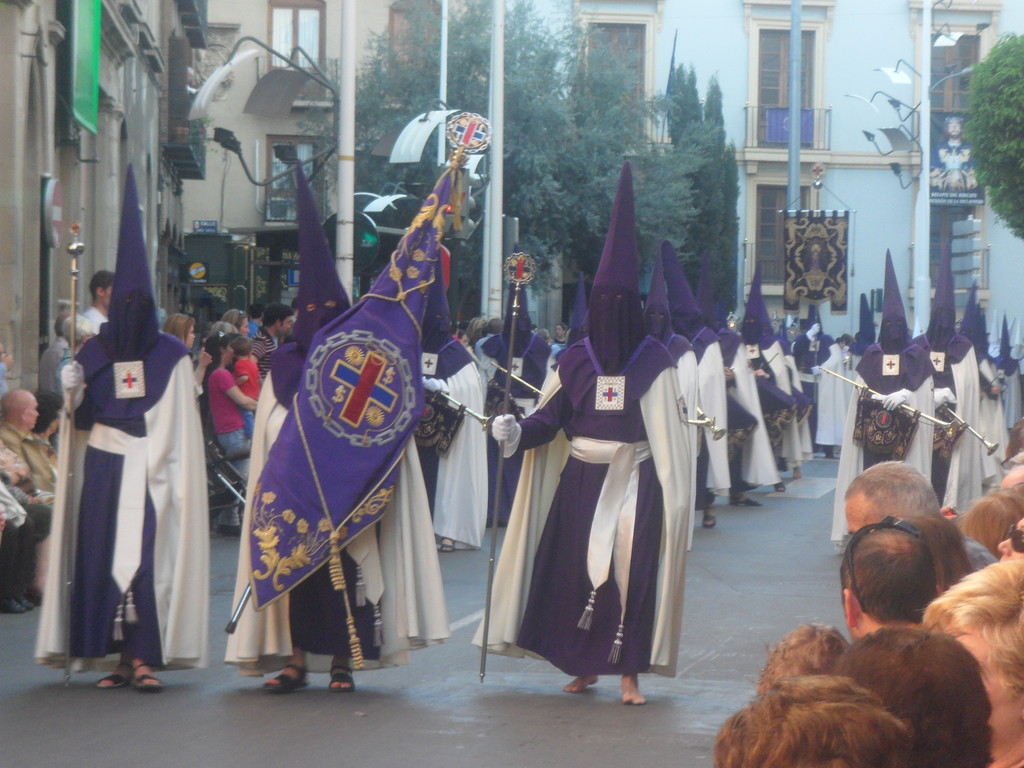
The first parade I saw was in Murcia on the 31st March 2015. Processions marched down the streets throughout the whole day under the believing or curious gazes from those who came to watch. Streets were blocked off and some chairs, which you had to pay for to sit down on, were available to those who wanted to watch. Hundreds of people clothed in purple and white outfits that covered their faces walked solemnly in step to the orchestra that guided them with the beat of their drum. Finally, those pulling "el paso", which showed a cross covered in many different ornaments, arrived. I was already impressed by the fact that these men were able to carry this float on their shoulders despite the warmth of their clothes, and yet I was still far from imagining that I was going to see much worse. Then the people in the parade wearing black and white continued the march representing the Virgin Mary.
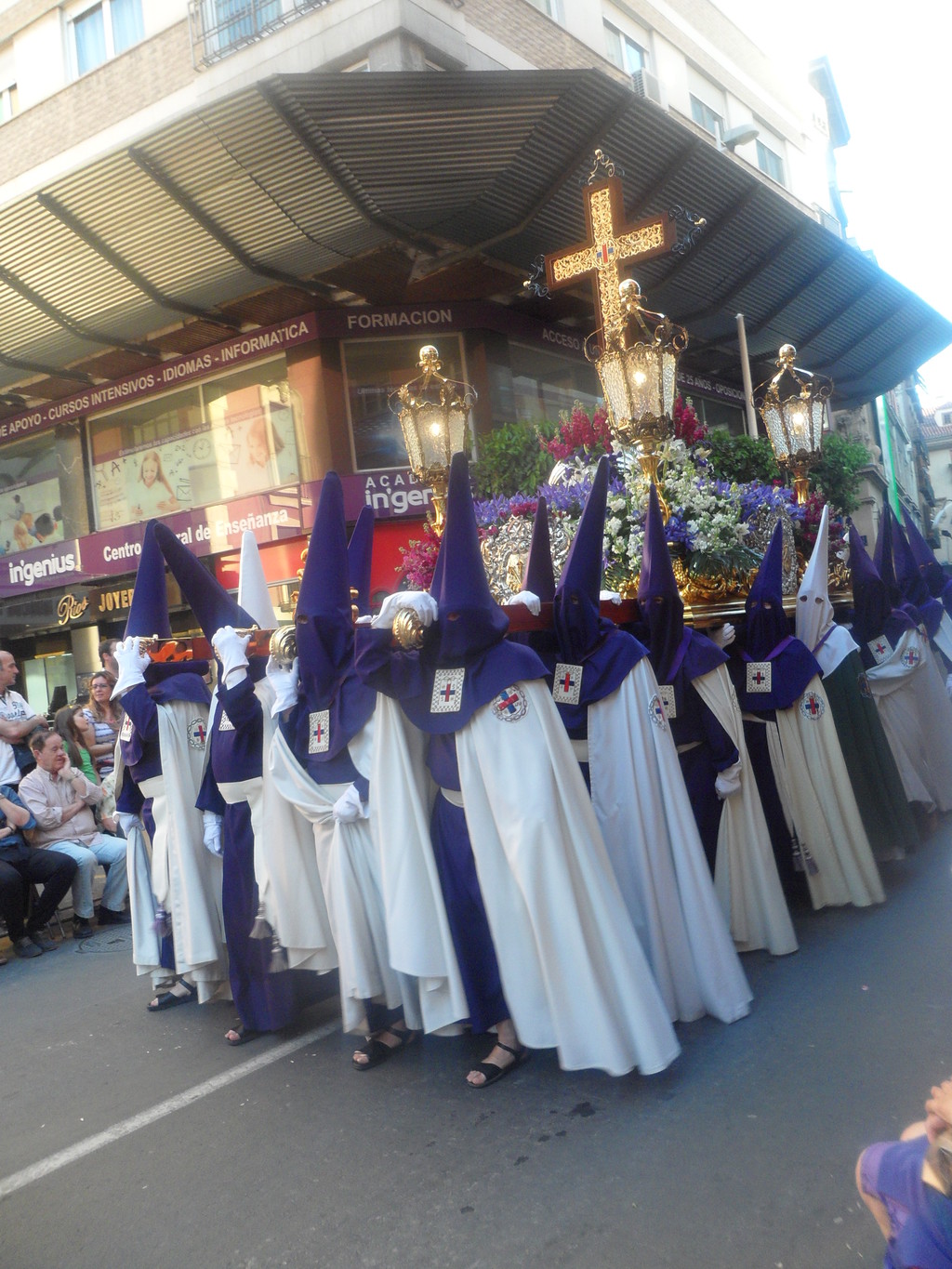
My "Semana Santa" journey continued towards Granada. There were even more people in the streets here and it was even more difficult to move. Unfortunately, staying 20 minutes away from the city center and having a car, we hadn't planned for this setback. Nevertheless, we finally arrived at the spot where the magic took place. We had planned to watch one procession from the top of a hill but found ourselves stuck in the crowd. The sound of the guitar accompanied by the flamenco singing was able to stun the crowd into silence.
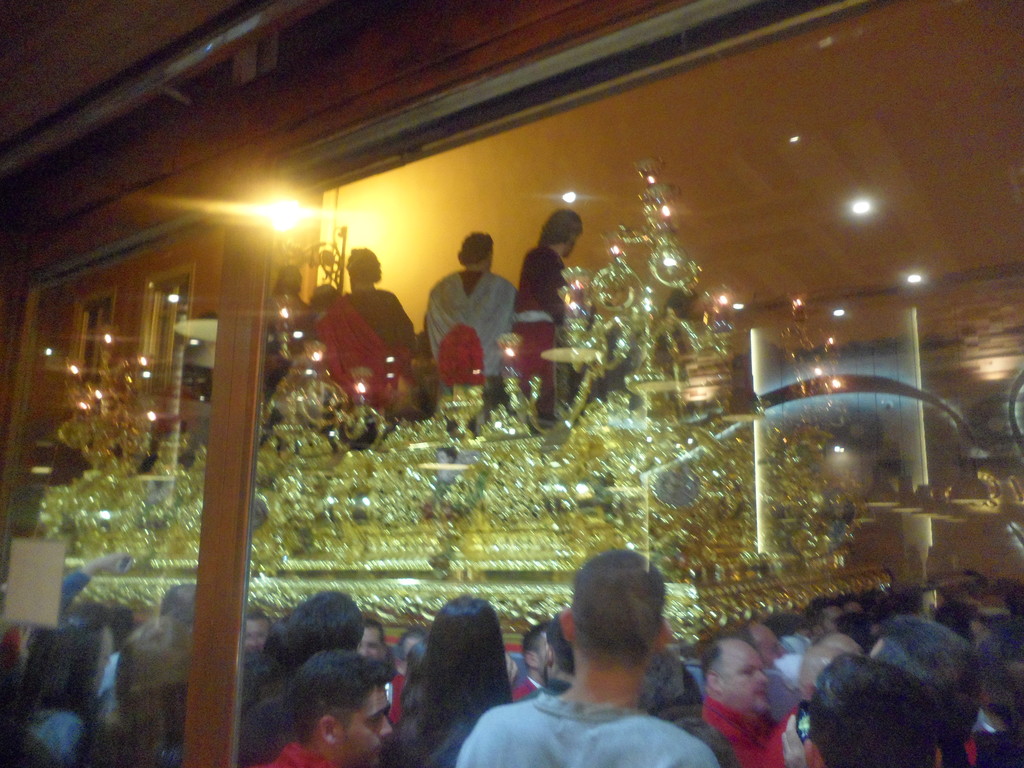
But I was most surprised in Malaga. No matter where we went, the processions followed. Whilst my family and I ate peacefully next to a window in a restaurant, we watched the narrow street become busier and busier. Later, a procession representing the Holy Supper amazed us with its grandeur. Almost 200 people, suffering and tasting the sweat that ran down their faces, carried these sculptures that weighed tonnes. Some of them were even blindfolded, which we later found out was in thank for their prayers having been answered. After that, a Virgin Mary replica even bigger than the others and with a ridiculous amount of candles in front of her came down the street. These two floats had to turn at the end of this little street; walking forwards, walking backwards, and the whole time I had the same question running through my head: how do they do it? Even though I am neither Catholic nor religious, this devotion to a religious festival fascinated me, even more so when I found out that you had to pay to have a float and that this represented a privilege rooted in the culture.
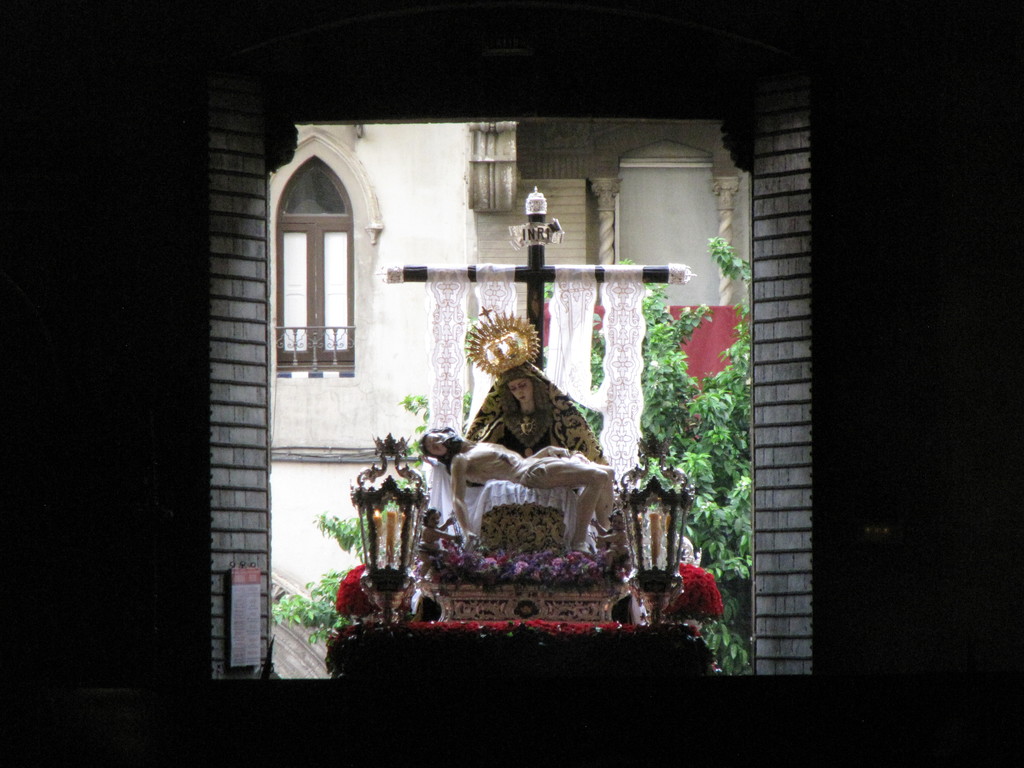
Finally, the last stop was in Seville, the city that I expected so much from and was not disappointed with. I had previously been told about the madness of this week but, as with Saint-Thomas, I believe what I see. We were able to sneak into the Seville Cathedrale without paying and admired the crossing of the procession from one side of the building to the other. You could hear the orchestra playing the national anthem outside, who were surely far too jovial to enter into this sacred area. The processioners, clothed completely in black, walked in turn to the exit with their candles. They made their way through the jam-packed area and into the center of the crowd. The day continued on like this until night. All the Spanish people outside admired the event, dressed in their finest outfits, running from one procession to the other so as not to miss a single second.
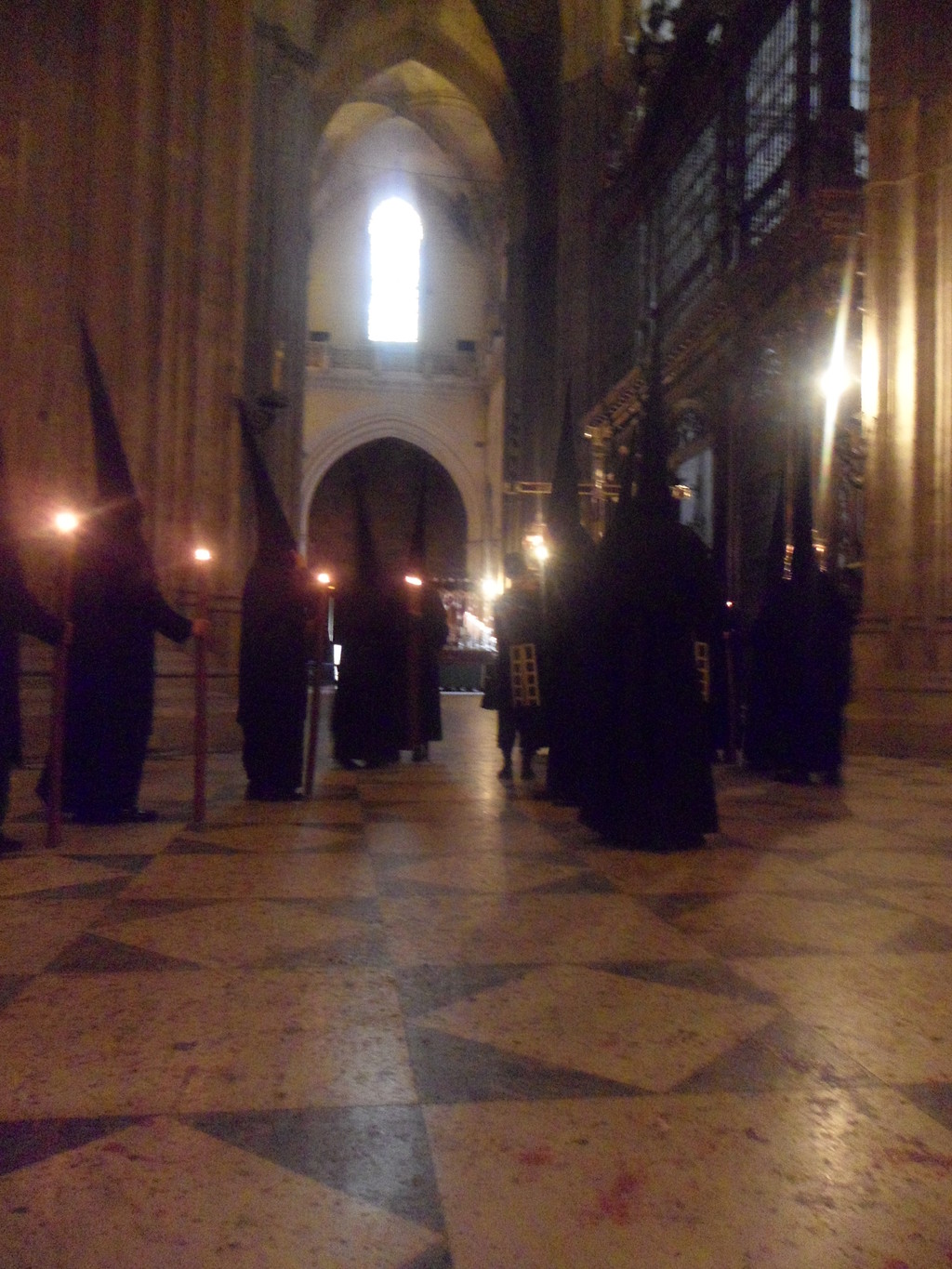
To all travel lovers and explorers, this beginning of spring in Spain is essential to expanding your personal wealth.
Photo gallery
Content available in other languages
- Français: L'authentique « Semana Santa »
- Español: La auténtica Semana Santa
Rate and comment about this place!
Do you know Holy Week? Share your opinion about this place.




















